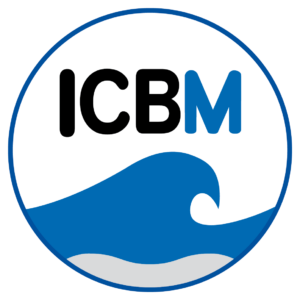Impact of a changing environment
Modelling HABs in a changing environment: tipping phenomena
Aim and main questions: Interactions between species are in general highly nonlinear and involve different feedback loops giving rise to nonlinear, often rather sudden responses to changes in environmental drivers. In an ecological community, those changes can lead to a decline in the abundance of species up to even extinction as well as changes in dominance of species leading to a reorganisation of the ecological community including changes in the feedback loops. The objective is to develop a HAB model to interpret the impact of environmental change, particularly temperature and salinity, on the formation of HABs and their impact on the whole plankton community. We identify tipping thresholds and mechanisms leading to changes in the dominance of HAB species.
Approach: We develop a food web model containing growth of harmful and non-harmful microalgae, their competition for nutrients, and grazing by copepods. 1) We will first extend a previously developed model in several directions to include: a) dependence of growth and grazing processes on temperature and salinity, as the main changing environmental drivers; b) toxic and/or allelopathic effects of the harmful species from laboratory experiments in WP2 & WP3; c) a possible higher trophic level (fish) to estimate impact of HABs on fish production. 2) The model dynamics will consider possible tipping phenomena, e.g. shifting the dominance from non-harmful to harmful plankton species. We will identify the feedback loops in the system which could be responsible for a tipping and characterize different tipping mechanisms to find possible corresponding thresholds: a) shock-induced tipping, due to relatively sudden changes in salinity or nutrient conditions from upwelling or ocean currents; b) rate-induced tipping due to acceleration in warming and salinity changes; c) trait evolution is included to determine to what extent rapid evolution and adaptation can prevent tipping.
Output and deliverables: 1) dynamic modelling for potential emergence of HABs; 2) identification of tipping mechanisms; 3) estimation of the impact of tipping phenomena on higher trophic levels.




